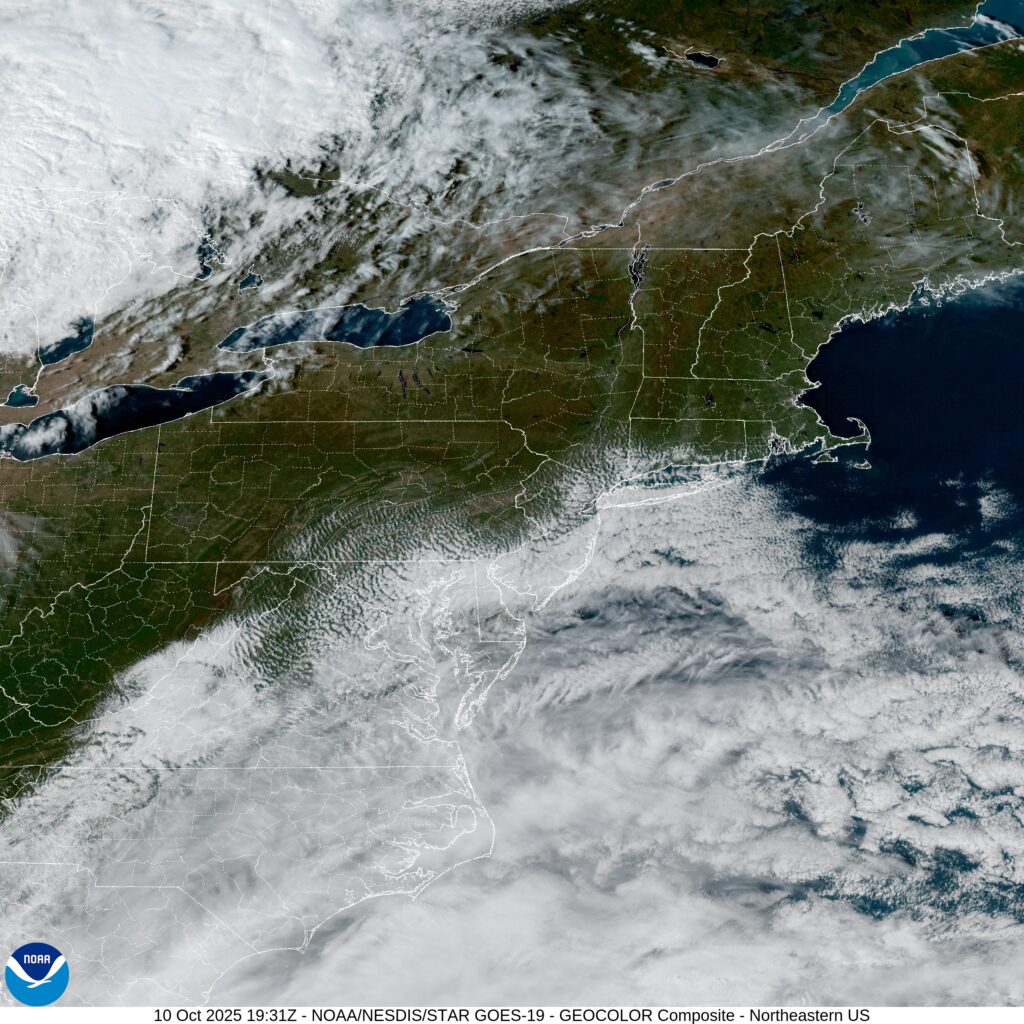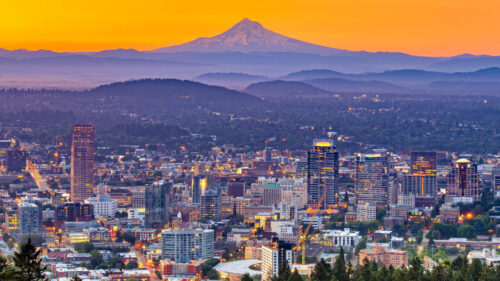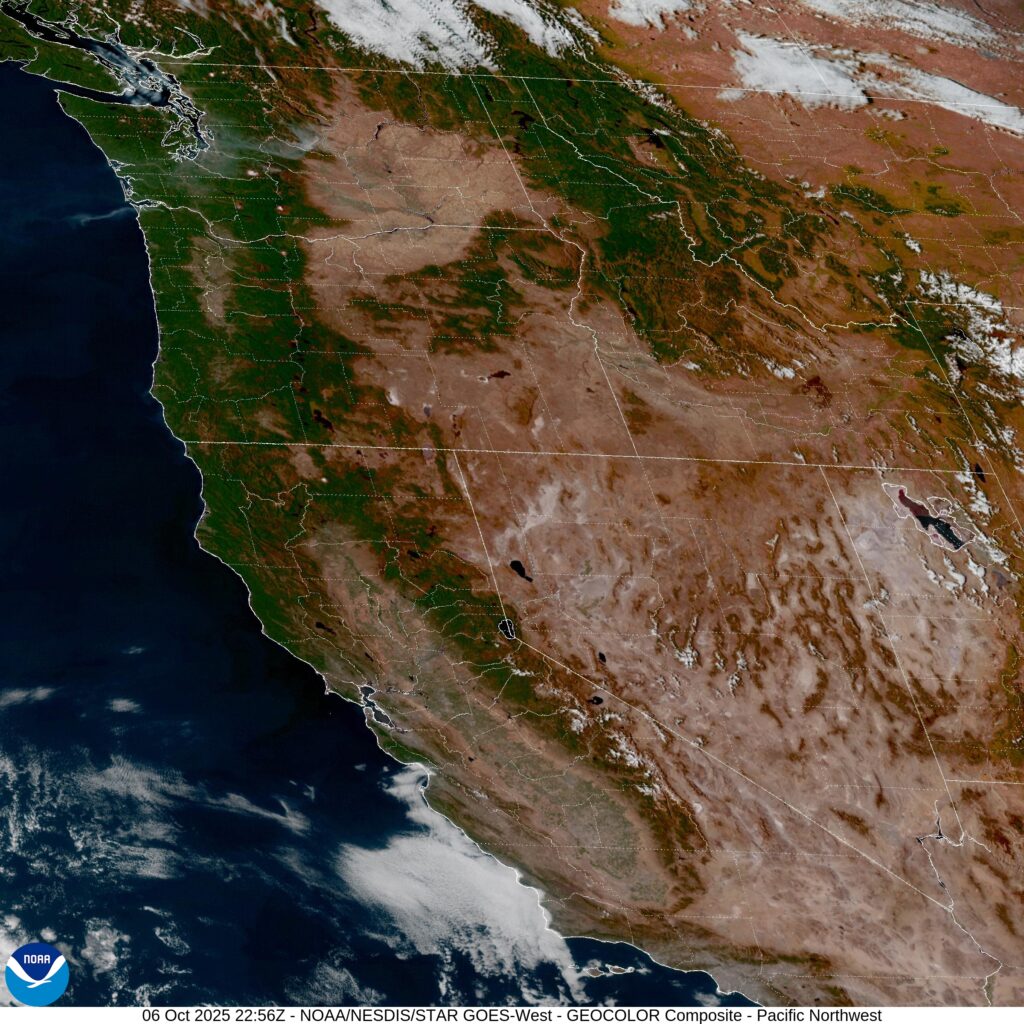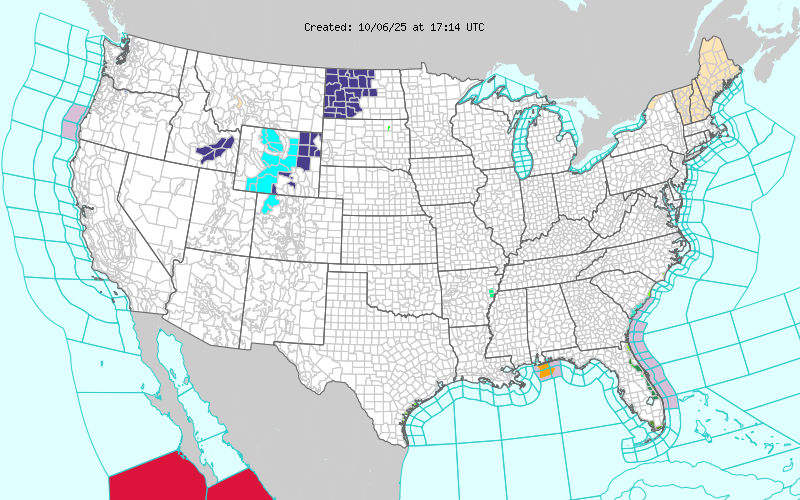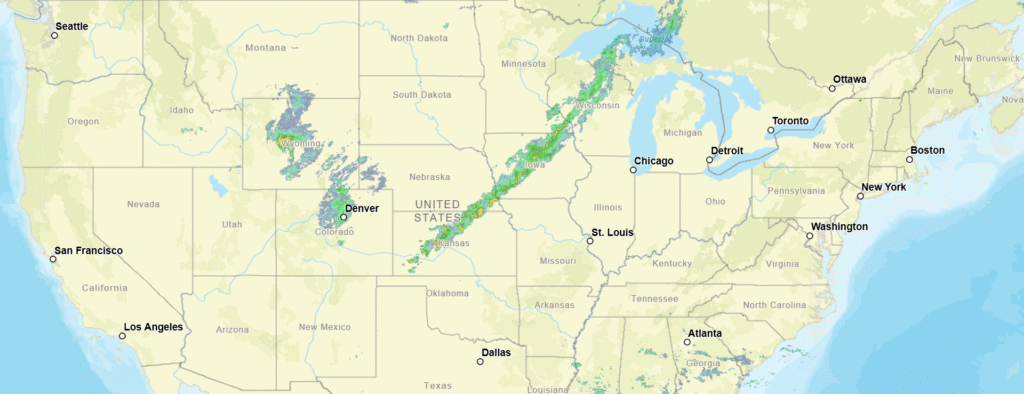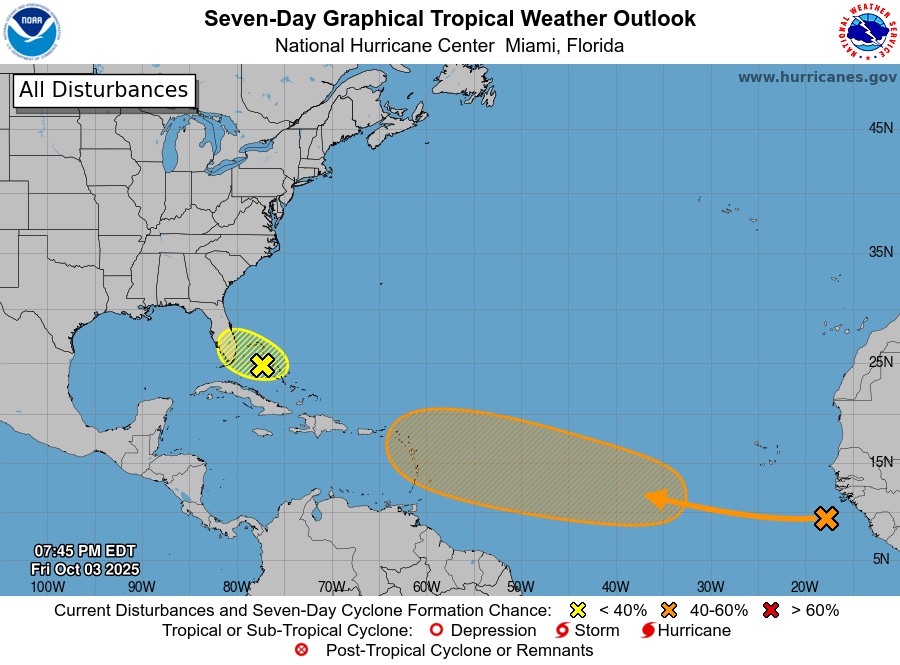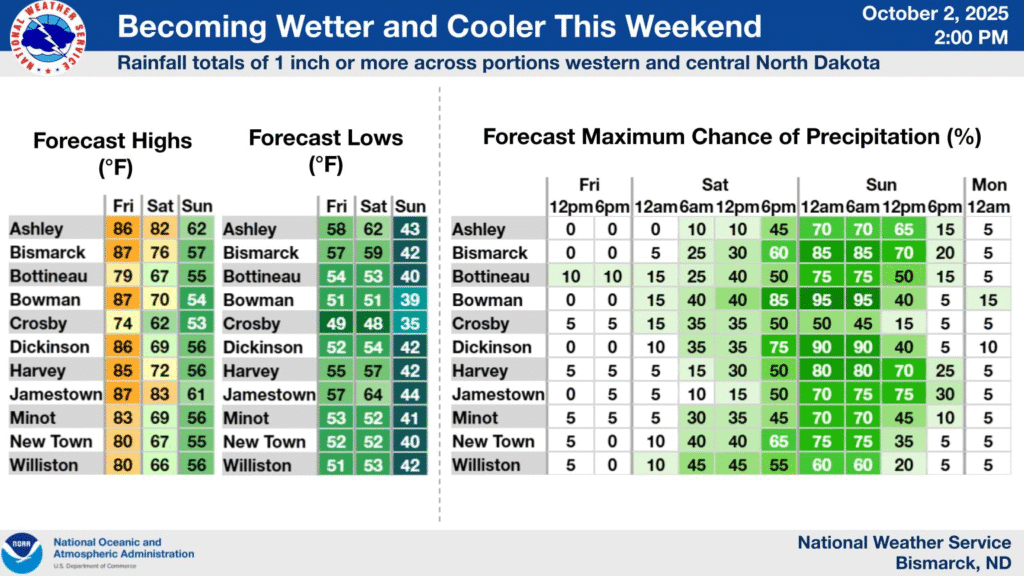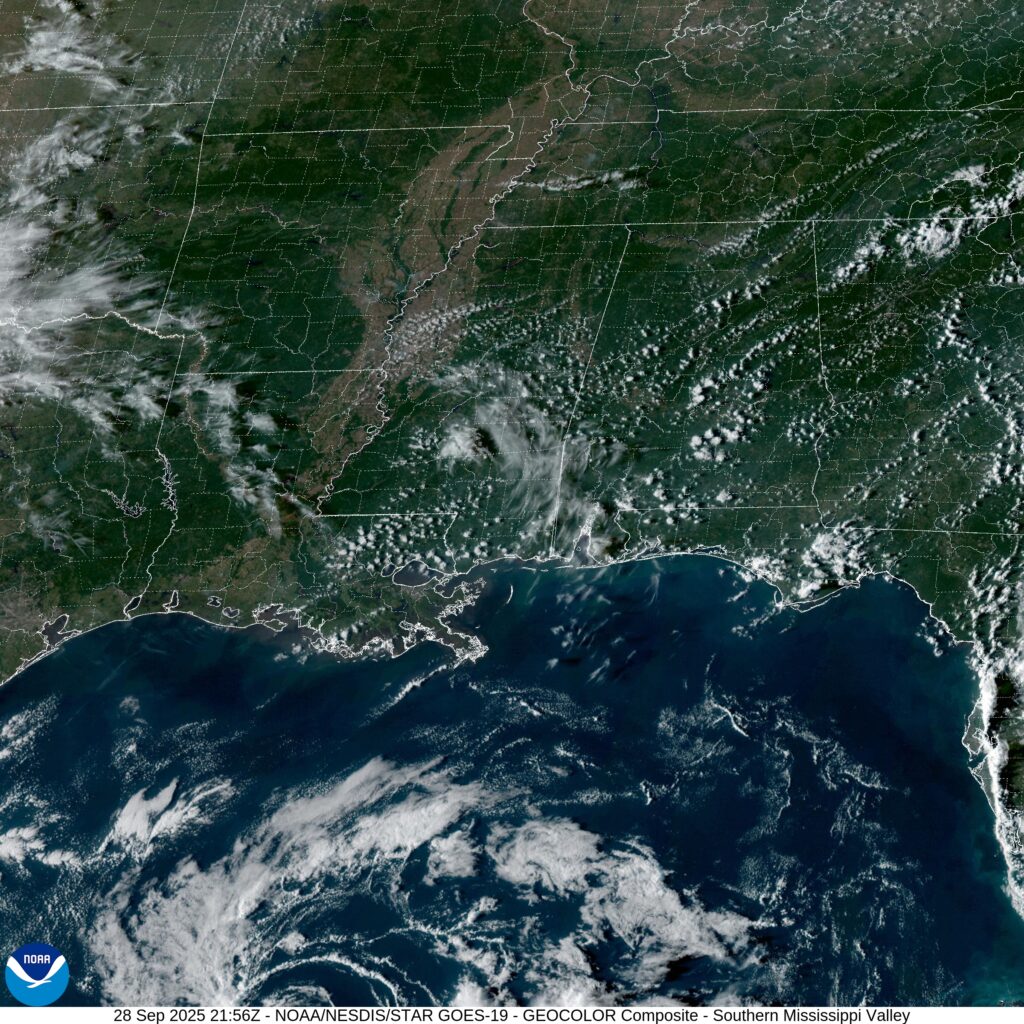There isn’t a lot too Delaware, but given the location along the coast, it can sure serve up some interesting times.
At 315PM, ET, Dover was reporting a temperature of 60 degrees with overcast skies. High pressure remains in control this afternoon in the Delmarva, however a deep cutting trough swinging out of the Great lakes towards an already unsettled region in the Bight of Georgia is going to bring about some significant changes for the weekend.
The developing low, which may ultimately get a name from the NHC, but even if it doesn’t, it should be a very early season Nor’Easter for the coast. The initial spots of rain will arrive in Dover tomorrow morning, with the threat steadily increasing through the day. The strongest band of heavy rain projects to arrive on Sunday morning. This will likely be accompanied by some blustery winds and make for a wholly uncomfortable morning. The heavy rain will begin to taper in the early afternoon, but more light rain will continue through the remainder of the day.
Tomorrow – Scattered showers, High 72, Low 58
Sunday – Rain with wind, tapering a bit in the evening, High 67, Low 60
TWC: Tomorrow – Overcast. Slight chance of a rain shower. High 71, Low 55
Sunday – Rain and wind. High 66, Low 64
AW: Tomorrow – Breezy with occasional rain and drizzle high 70, Low 57
Sunday – Rain and wind from tropical rainstorm; flooding in poor drainage areas; stronger wind and worse flooding at the beaches High 65, Low 60
NWS: Tomorrow – A chance of rain, mainly after 9am. Mostly cloudy, High 70, Low 55
Sunday – Rain, High 66, Low 60
WB: Tomorrow – Mostly cloudy with a 50 percent chance of rain. High 69, Low 56
Sunday – Rain windy .High 67, Low 61
WN: Tomorrow – Mostly cloudy with showers, High 70, Low 54
Sunday – Mostly cloudy with showers, High 67, low 61
CLI: Tomorrow – Rain showers High 69, low 58
Sunday – Light rain showers High 67, Low 60
Yuck. That’s going to be particularly nasty on Sunday. Don’t be surprised if there is a rumble or two with the heavy rain on Sunday. Looks good right now in the interior east!
